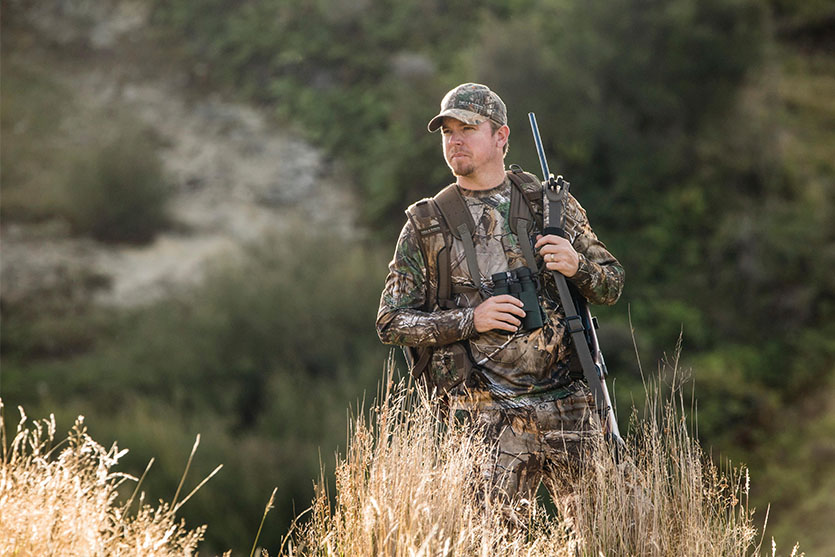Being a hunter is not a simple job. Actually, this is more of a hobby, but it doesn’t mean it’s all a piece of cake. It seems so exciting – to spend nights and days in nature, surrounded by magnificent wilderness and natural beauty, in search of its prey. Only hunters know how proud they are when they bring home a trophy that they have carefully observed, followed and, finally, successfully caught. Seeing such triumphant moments, many individuals become eager to engage in such activities – a lot of adrenaline and many people with similar interests make all this even more tempting. Every start can be difficult in some way, whether it’s about finances or some other aspects. Not everybody knows where to start from: equipment purchase, obtaining all necessary documents, becoming a member of a convenient organization, and so on.
This is a sporting discipline that initially requires certain monetary expenditures, which can sometimes be higher, sometimes lower. It all depends on the wishes and capabilities of the novice hunter. But, just in order to avoid unnecessary costs for the start, we’re happy to provide you with the checklist containing the essentials. Here you have some things that shouldn’t be missing from your backpack goodies.

1. Various weapons
You understand that you can’t become a true hunter unless you have a weapon – and often a single kind won’t be enough. Depending on the type of animal you’re hunting, it should be borne in mind that a rifle’s one of the most common options. But, before you spend some serious cash on it, get informed a little more about the types of these weapons according to what you need. Of course, first of all, what you should always take into account is the concern for your own safety. Before you go hiking through the woods alone and get a chance to shoot, try to catch a couple of tricks and learn how to use weapons properly.
2. Ammunition and rifle scopes
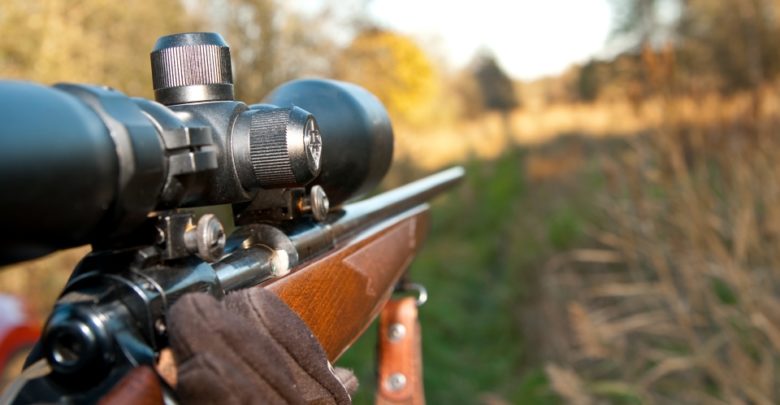
Where there’s a rifle or a gun, there’s also appropriate ammunition, so make sure you bring enough and have some extra supplies with you. A good rifle scope can also be obtained in better supplied shops – if you want to read more about it, Target Frog has a great article about the latest models and other aspects that are worth considering.
3. A knife
This is mostly your choice, but often you’ll also need a knife in addition to the firearm. Whether it’s cutting branches, making improvised means for easier navigation in the hunting ground or cutting animal meat – you shouldn’t forget it at home if you’re planning an adventure of this kind. Just feel free to choose from various types, like skinning knife, a pocket knife or any other that could work.
4. Boots or a good pair of shoes
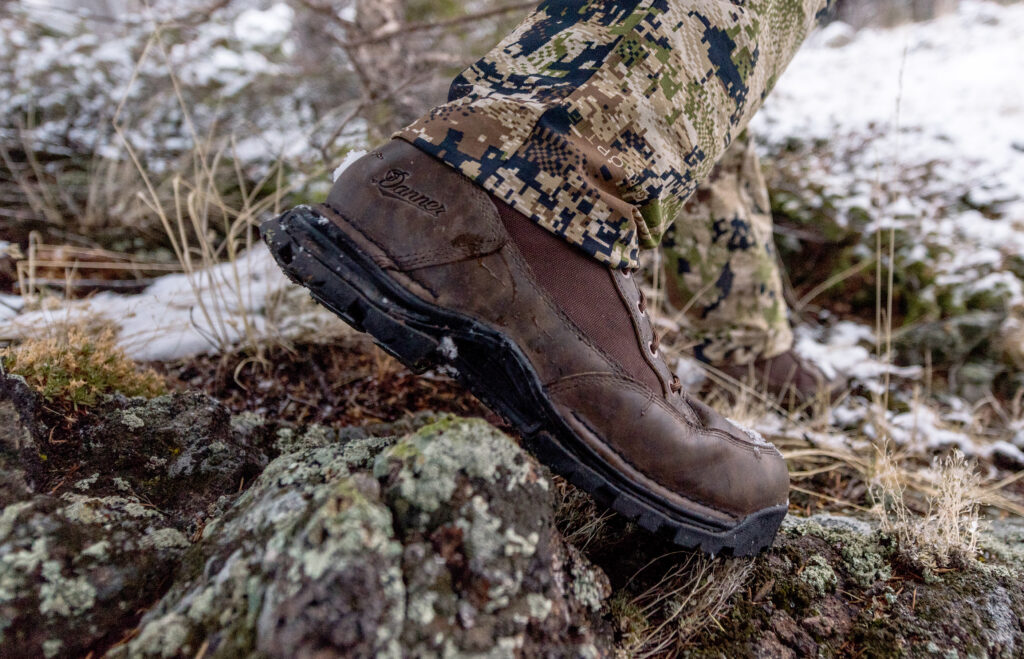
The places that are most attractive for hunting often hide many flaws – some of them are full of mud (especially if you’re hunting after rain), water, swamps, rivers that need to be crossed and similar situations. In order not to regret during the entire day because you brought the wrong shoes, take a pair of waterproof boots with or thick sole shoes, if there is no need to cross the river. Also, make sure you always have an extra pair of socks, just in case your feet get soaked for some reason.
5. A specific kind of clothes
What does it mean to have clothes specifically for this occasion? You must have seen hunters in the movies with a helmet or a thick hat and clothes of inconspicuous colors. These colors are desirable for a simple reason – they blend in more easily with the environment and will not immediately attract the attention of prey. Some other must-have pieces of clothes for your backpack are a raincoat (in case the rain catches you unprepared), a hat that protects from the sun, a pair of gloves, and an additional outfit if you go for a couple of days.
6. Binoculars
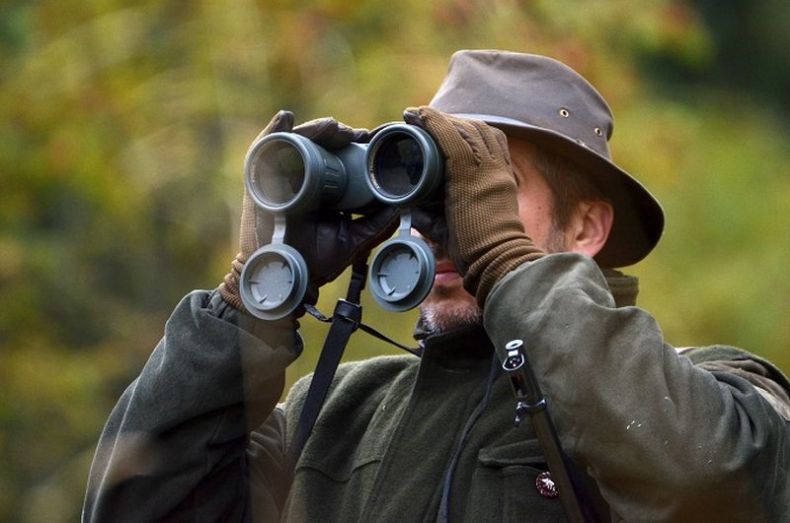
No matter how good your eyesight is, you still need extra help to spot the prey in time and take the necessary steps. Sometimes it needs a lot of sneaking and observing before we decide to aim – si it’s not wise to hurry, but we should consider all the factors properly and decide on the next step. Compact binoculars have proven to be a great companion during such expeditions, but if you don’t have them at the moment, the ordinary ones will be enough – there’ll be plenty of time to upgrade the gear and enrich the collection!
7. Insect repellent
Where there’s nature – there are bugs. You know that you can come across various insects – for example annoying and bloodthirsty mosquitoes. In addition to protecting yourself from them with long sleeves and socks, a quality repellent that acts against mosquitoes and other insects can also help.
8. First aid box
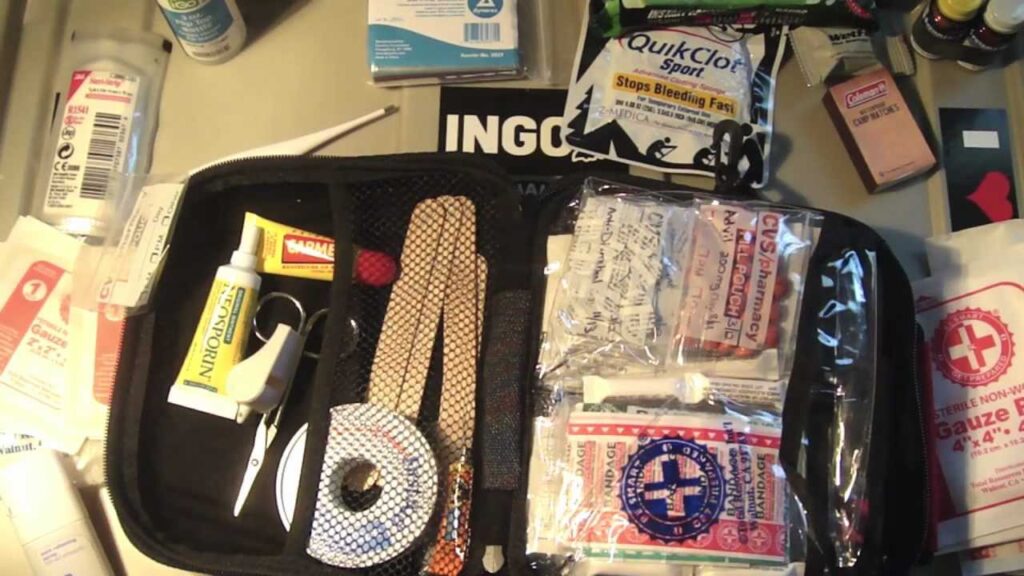
As on any other occasion, unforeseen situations in which a minor or major injury can occur are always possible and sometimes we simply can’t avoid them. Falling, cuts, bruises, scratches, and even superficial wounds or small animals bites… They happen more often than you can imagine. Your first aid kit should always contain bandages, plasters, alcohol, clean wipes, cotton pads, povidone iodine and so on. The sooner you react in such cases and use these, the less you’ll feel the consequences of the injury and be able to go on with your journey.
9. Food and water
And, at the very end (which is ironic, as this is the fundamental thing for a person), there are meals that you can take with you. After a hard-working morning and a lot of hiking and energy invested, what’s better than having a seat in the grass and getting some refreshment?
It’s recommended that in these cases you shouldn’t bring any easily perishable food, especially if it’s extremely hot. Stick to those bite-sized foods such as bars, fruit, nuts and something that you can easily pack and dispose of. Don’t forget the convenient bags in which you can pack the leftovers – never leave them in the woods. As for drinks, of course, avoid alcohol – it’s best to rely on fresh, clean bottled water, since hydration is very important in such adventures, especially when the heat is strong.

